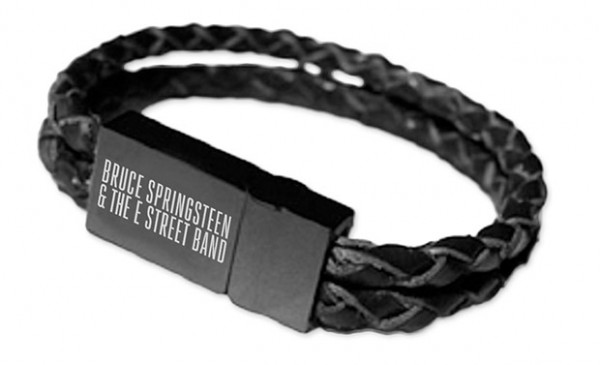By Carolyn Heneghan
When you’re fiddling with your phone and attempting to take photos or videos of a concert, you can hardly enjoy the show. You want to bring a piece of the memory home with you, but you actually establish a memory by fully experiencing the performance with your eyes rather than through a screen. Wouldn’t it be nice if you could have access to audio and videos of the show as soon as you leave, without having to capture the media yourself? Now with the Lively app, you can.
Lively is dedicated to providing high-quality audio and video of live performances to its users while also offering a platform for artists to interact with their fans on another level. The quality of the audio and videos far surpasses anything you could capture with your phone while at the show, so you can relax but still bring home high-quality versions of the memories when you leave.
According to Lively’s latest press release, Lively’s team has quadrupled in size since it first launched in May 2013, and they’ve also moved into a state-of-the-art facility in Seattle. They’ve now worked with more than 110 artists in 47 venues across the country, and they’ve delivered thousands of app downloads. Capitalizing on their early successes and developing the improvements needed to take the app to the next level, Lively’s team has now officially launched its updated version two of the app.








![[Interview] Emanuel Heinstein, CEO/Founder of Syncofy](https://www.soundctrl.com/blog/wp-content/uploads/2014/02/BgIsYbACQAAFrFw.png)






Nord Releases The Lead A1 Synth, Debuts at NAMM
0By Ruben Lone
The latest in their line of analog modeling synths, the Lead A1 is Nord‘s newest performance synthesizer. With a quick user interface and simplified front panel, the A1 recreates analog sounds to a tee, and packs features including 8 oscillator configurations, filters, LFOs, onboard effects including chorus and ensemble, and master clock control for onboard syncing.
The power in this synth comes in the oscillator functionality with a new Wave engine, which allows for shortcuts to Pitch, Detune, Shape, Sync, FM (frequency modulation), AM (amplitude modulation), Dual Oscillators or Noise, without requiring the patching usually found on all-analog synths.
Read More →